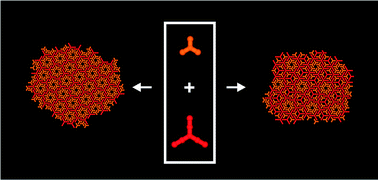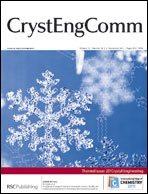Chiral occlusion in two-dimensional binary supramolecular networks studied by the Monte Carlo method
Abstract
Supramolecular structure design by computer simulations can be an effective method in molecular engineering of surfaces using self-assembled monolayers. In this contribution we describe the use of the Monte Carlo simulation technique for the two-dimensional self-organization of model tripod molecules on a solid surface. To that end binary mixtures of flat symmetric molecules adsorbed on a triangular lattice were simulated using the Canonical Ensemble method. Special attention was paid to the influence of the difference between sizes of the components on the formation of highly ordered superstructures. It was demonstrated that the tripod molecules having sufficiently small size can co-assemble into binary hierarchical networks whose structural properties can be finely tuned by changing the composition of the mixture. For those networks the chiral occlusion effect was observed, in which molecules of smaller component are confined to form chiral pores. The insights from the simulations can be helpful in custom designing of chiral porous networks in two dimensions, as they establish a link between structural properties of the building blocks and morphology of the resulting adlayer.

- This article is part of the themed collection: 2D Crystal Engineering

 Please wait while we load your content...
Please wait while we load your content...